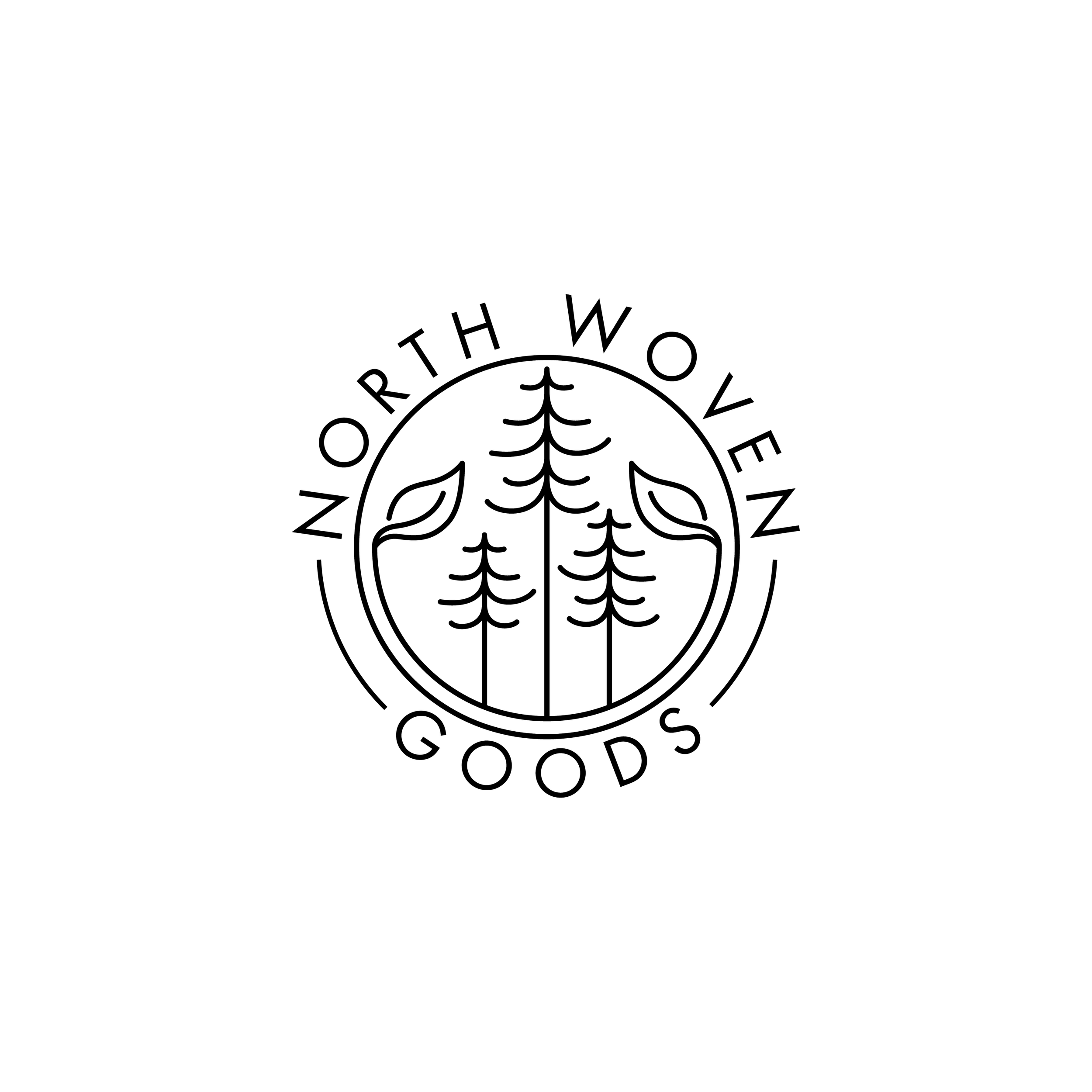Making Art While Chronically Ill
A few summers back, I wove a rug while a wildfire raged toward my family’s cabin in northern Minnesota. A pyrocumulous cloud of smoke and ash rose ominous on the horizon across the clear, cold lake, where our log cabin perches on the rocky shore.
I used a rya technique, wrapping individual strips of cut vintage fabric around the warp strings to create a funky, high pile rug. The cutting and tearing of the bright orange and rust red fabric became its own long process. I cut the soft cotton in the shape of feathers. Little threads frayed off and spread around the small house I lived in. Years later, I still find bright orange shards stuck inside my slippers or clinging to the back of a sock.
As I cut and wove, the fire grew from a few hundred acres to several thousand in just a few days, lapping up miles of drought-ridden forest, jumping highways, and leading to the closure of nearby wilderness areas. The feathered fabric in my hands began to look like flames.
The rug was slow, tedious work, but I came to it every day, pausing now and then to check for news about what the fire was up to. My wildfire rug unfolded slowly over a long, hot month, and by the time I wrapped the last little flicker of fiber around the warp, the fire was contained, the cabin unharmed, though many structures just a few miles away were destroyed.
I was twenty-two when I first started experiencing symptoms of rheumatoid arthritis, an autoimmune disease where the immune system attacks the body’s own healthy tissues–in this case, the synovial fluid lining the joints. Autoimmunity did not run in my family, so I had no indication that this disease was smoldering on the horizon, but one day a knuckle swelled with pain and eventually, the rest followed.
At the time, I was an active young person working an intense outdoor job in northern Minnesota. It took over a year to properly diagnose my illness, and nearly five years after that to get my symptoms somewhat under control. Since then, the pain and inflammation continue to fluctuate and working hands are never guaranteed. There is rarely a clear way to predict flares, which have been frequent and persistent in my ten plus years living with this illness.
Chronic illness is a difficult and lifelong partner, an unwelcome companion that shoulders in and takes up mental, physical, and emotional space. It will be reticent and unnoticeable one day, then flare up and keep me in bed and in pain the next.
Like a natural disaster or unexpected accident, chronic illness enthusiastically and routinely snuffs out the illusion of control I’d like to cling to. Any sense of certainty is difficult to hold onto when your fingers are too swollen to close around it.
It was five years after my diagnosis that I discovered tapestry weaving.
A small frame loom that I’d had since childhood managed to survive many moves and trips to the thrift store, waiting for me to unearth it again. I began to weave during my first long winter in northern Minnesota. I started with acrylic yarn from my grandmother and eventually, as the love for weaving grew, began to accumulate more practice, skill, and excitement about the craft.
I wove through flare ups of my illness, fear of losing my health insurance, and fighting for coverage of my expensive medications. I wove through moves, breakups, the pandemic, and the challenging seasons of making a life in a remote, wild place.
Weaving organizes a mess of string into a grid of warp stretched taut across the loom, upon which the weaving will grow. The weft material is moved over-under-over-under the warp threads. Each row builds upon the next, and gradually the design emerges.
The weaver exercises choice with every step—how taut to pull the weft, when to transition to a new color, when to go back and change something that isn’t working. Weaving offers a sense of agency even when the world beyond the loom is uncertain.
As I weave, thread by thread, a physical, undeniable object emerges, created by my own flawed hands. When a wildfire rages, in the forest outside my door or in my own body, I turn to the loom and row by row, make some kind of sense of the wild world.

